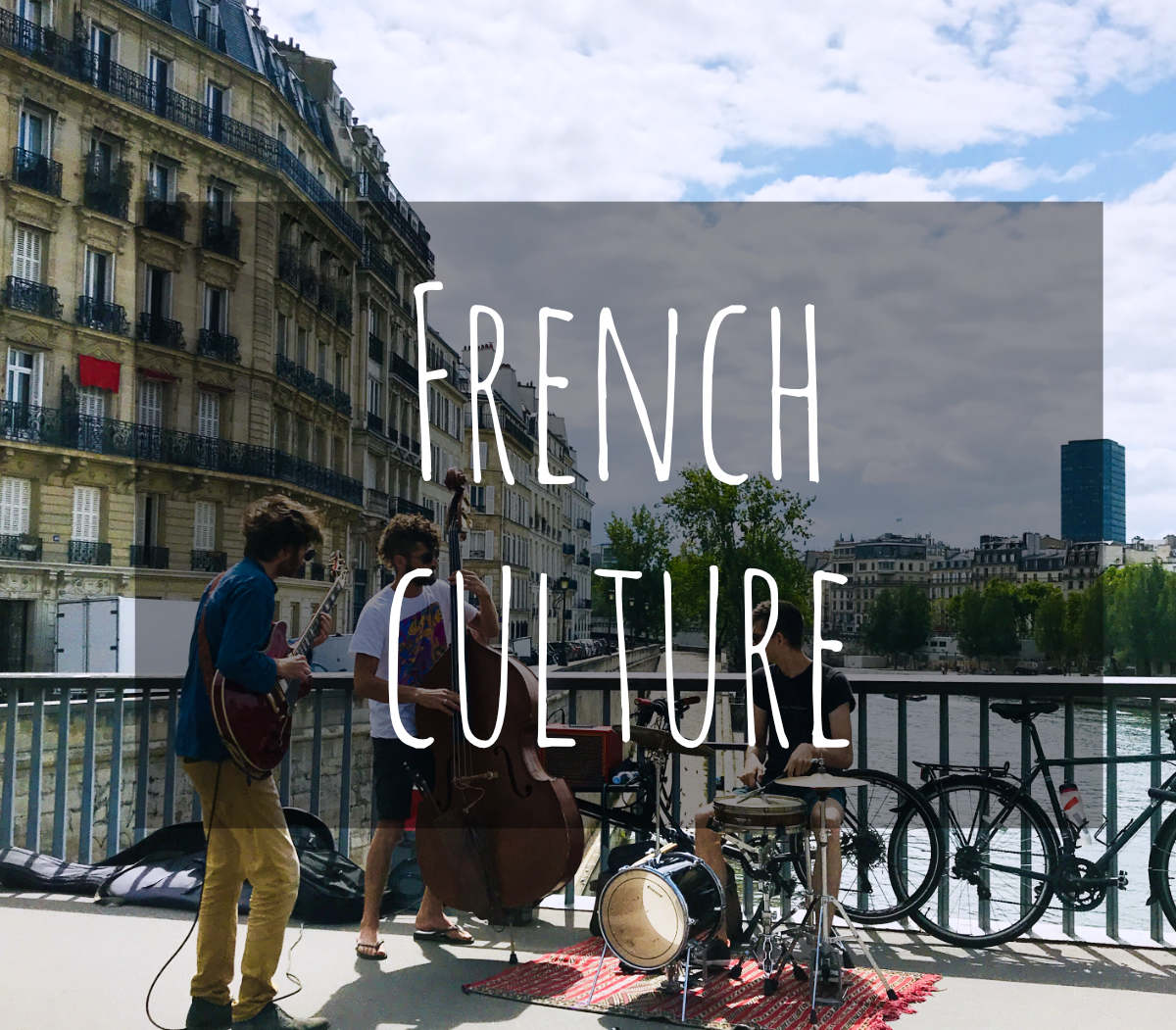It can be hard to get the feel of a place just by looking at the plain facts. The allure of France has always been in its cultural attractions. For centuries French culture has attracted people the world over with its art, lifestyle, fashion, museums, architecture, and of course, much much more.
While there are plenty of interesting facts about its people, history, government, and the state, it is the country’s cultural charms that make France the top tourist destination in the world. So let’s dive into what makes France so special, shall we? Allons-y!
I. French Language
1. French is one of the most studied languages in the world.
French is the 2nd most studied language in the world, after English. It is estimated that over 300 million people around the world speak French.
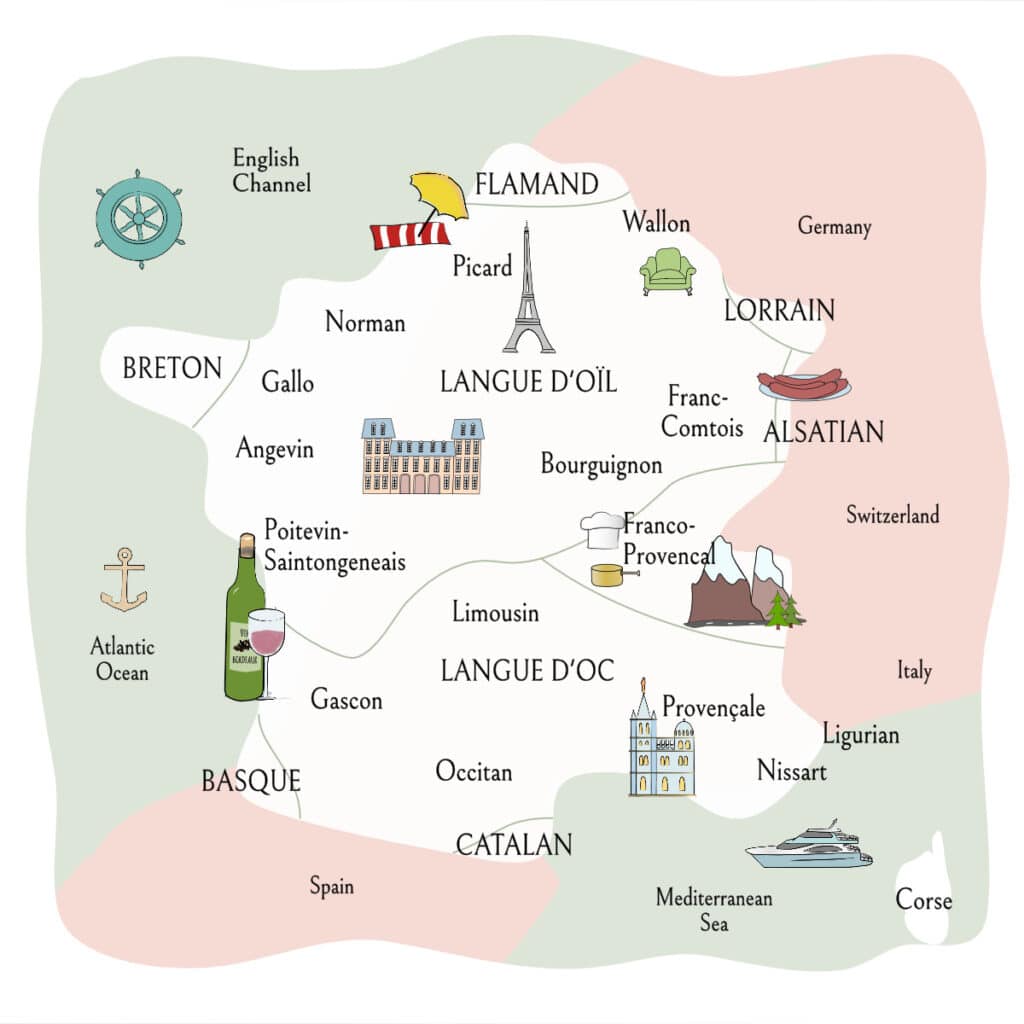
2. Regional languages used to be common in France.
However, when French became the official language of France in 1539, only 20% of the French people actually spoke French. Instead they spoke their own regional languages, like Occitan, Breton, etc.
French King François I banned the use of many regional languages and insisted that all official business be carried out in French.
3. French is the official language for many international organizations.
Today, French is one of the official languages of the Olympics, the United Nations, NAFTA, NATO, OECD and many other international organizations.
4. The Académie Française sets the rules for the French language.
Unlike English, the official rules of the French language are decided by an institution called the Académie Française. Created in 1635, it is responsible for defining French language dictionary, grammar and punctuation.
In addition, there is there is an alphabet soup of institutions like the DGLFLF and the CILF to defend the French language. (Belgium, Quebec and other francophone-speaking regions have their own french language defenders.)
5. Written French is quite different from English.
English and French may both use the Latin alphabet, but the French writing style is quite different as are several punctuation marks.
From guillemets, to commas and periods being inversed, you can read about the differences in French punctuation here.
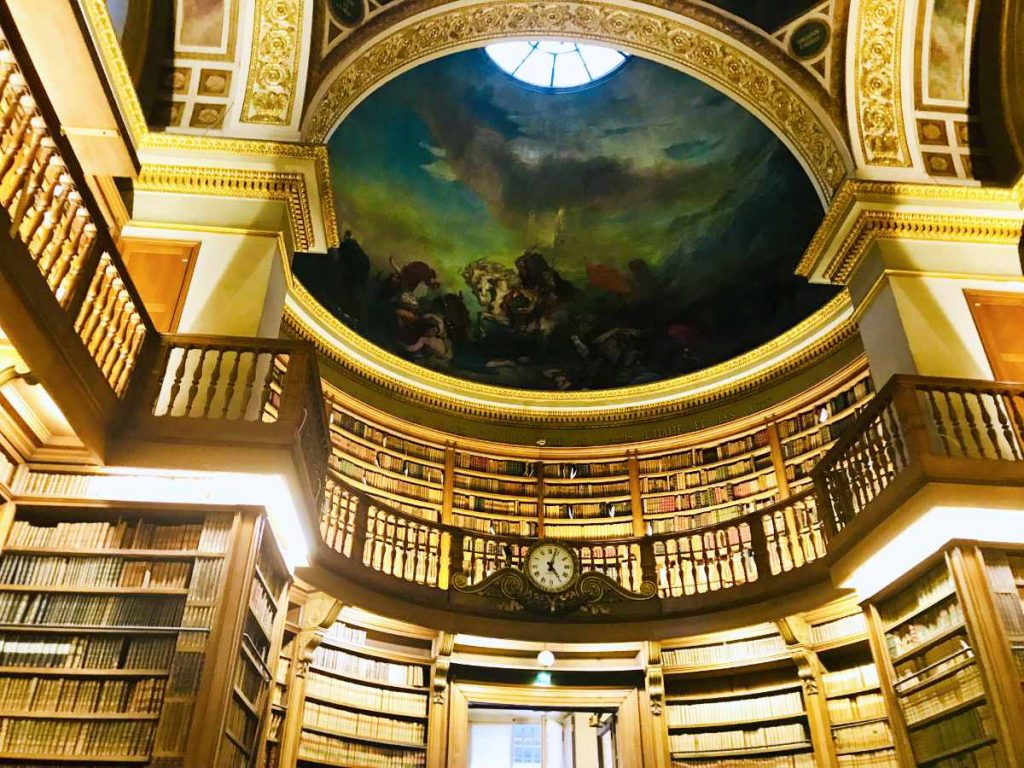
II. Books and Authors
1. France has many internationally renowned writers.
With famous authors like Victor Hugo (Les Miserables and Hunchback of Notre Dame) and Antoine de Saint-Exupéry (Le Petit Prince), France has a rich literary heritage.
The Petit Prince is one of the highest-selling children’s books of all time in France, and all three books have been turned into award-winning movies. You can read more about famous French writers here.
2. French authors have won many Literature Nobel prizes.
French authors have more Literature Nobel Prizes than those of any other nation, 15 to date. Authors are treated like stars in France, invited onto talk shows, and regularly feted.
3. Along with books, it has a large comic book industry.
France also has a large comic book industry, producing some of the biggest names in comic books like Asterix and Obelix and many others. You can read more about French comic books here.
4. The Prix Goncourt is a much coveted prize for French authors.
Annually there are several Literature Prizes that are awarded in France to top French authors. The biggest of these prizes is the Prix Goncourt handed out each November to the author of “the best and most imaginative prose work of the year”.
The award is open not just to French citizens, but anyone writing a book in French.
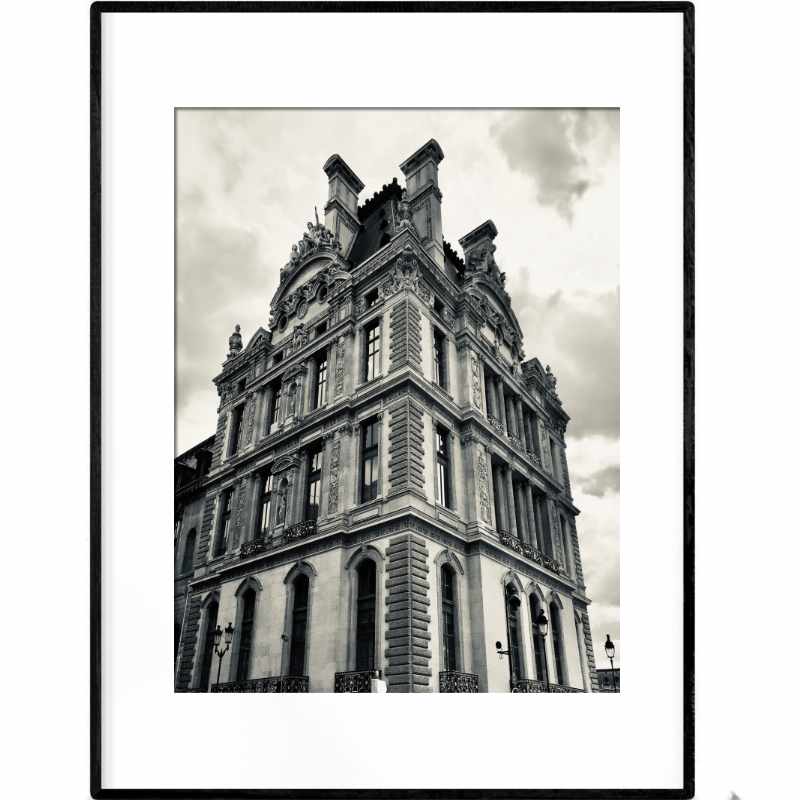
III. Museums
1. There are over 200 museums in Paris.
France wouldn’t be France without its world-class museums. In Paris alone, there are an estimated 206 museums et 1016 art galleries, making it an important part of French culture.
2. The Louvre is the most visited museum in the world.
The Louvre Museum in Paris is the most visited museum in the world, with around 10 million visitors per year. Originally a fortress, turned palace, turned museum, this amazing building has seen its share of history.
Despite its size, less than 10% of its treasures are said to be actually on display, including at two satellite museums, the Louvre-Lens and Louvre Abu Dhabi. You can read more facts about the Louvre here.
3. Other highly popular museums in Paris are the Musée d’Orsay and Centre Pompidou.
The Musée d’Orsay and Centre Pompidou in Paris are also in the top 10 of most visited museums in the world. The Musée d’Orsay contains several impressionists works of art, from Monet to Manet and everyone in between.
Centre Pompidou has a lot of modern art, and was established by French President George Pompidou. The President had rather eccentric decorating tastes, and you can see some of his choices at the Palais de l’Elysee, the presidential palace.
4. There are 1240 official museums across France.
Across France, there are another 1240 official “Musées de France“, as attributed by the Ministry of Culture. This doesn’t count art galleries or other cultural exhibitions.
☞ READ MORE: Paris: 24+ Fun Facts from the City of Lights
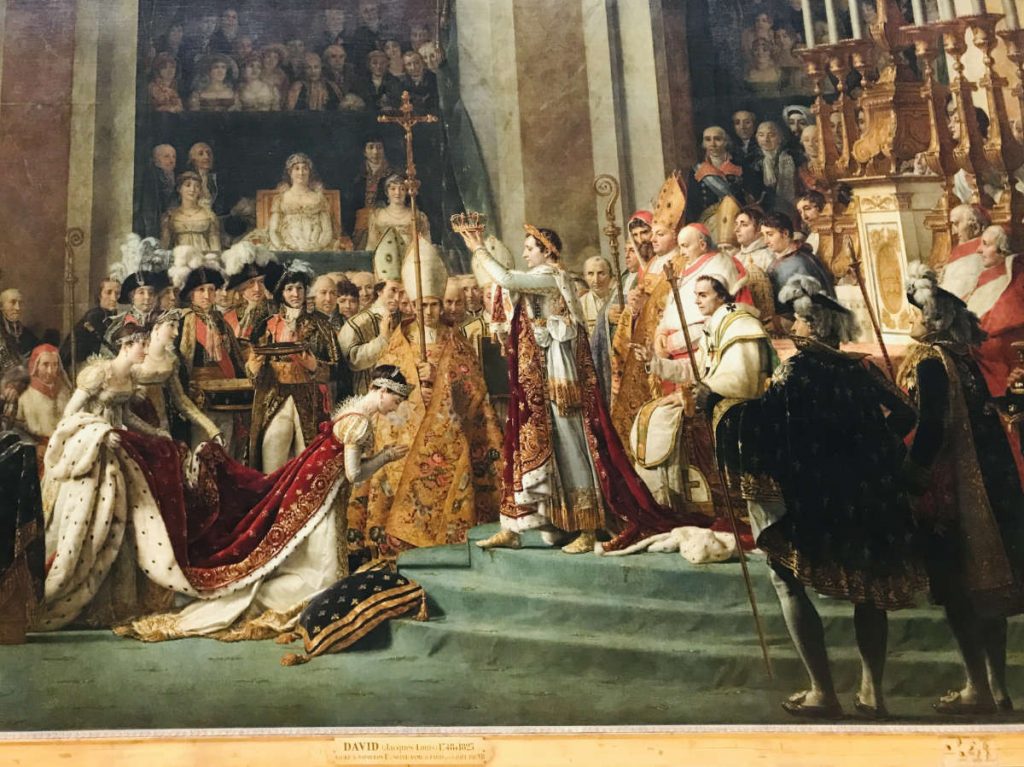
IV. Artists and Painters
1. Many international artists have lived in France.
Some of the most famous international artists in the world have lived in France. From Dutch painter Van Gogh who lived in Provence, to Spanish artists Pablo Picasso and Salvador Dali in Paris, France has always been a country to attract the world’s best.
2. The country has also produced many local French artists.
The country is well renown for popular French artists like Monet, Manet, Renoir, Matisse, Gaugin and top female artists like Rosa Bonheur and Madame Tussauds.
So you can see why there are so many museums in France to house these works of art. You can read more about the most famous paintings in France here.
3. Leonardo da Vinci lived and died in France.
Italian Leonardo da Vinci also made his way to France under the tutelage of François I, after fleeing Italy. He brought with him the Mona Lisa, which is why it resides at the Louvre Museum in Paris today and not in Florence.
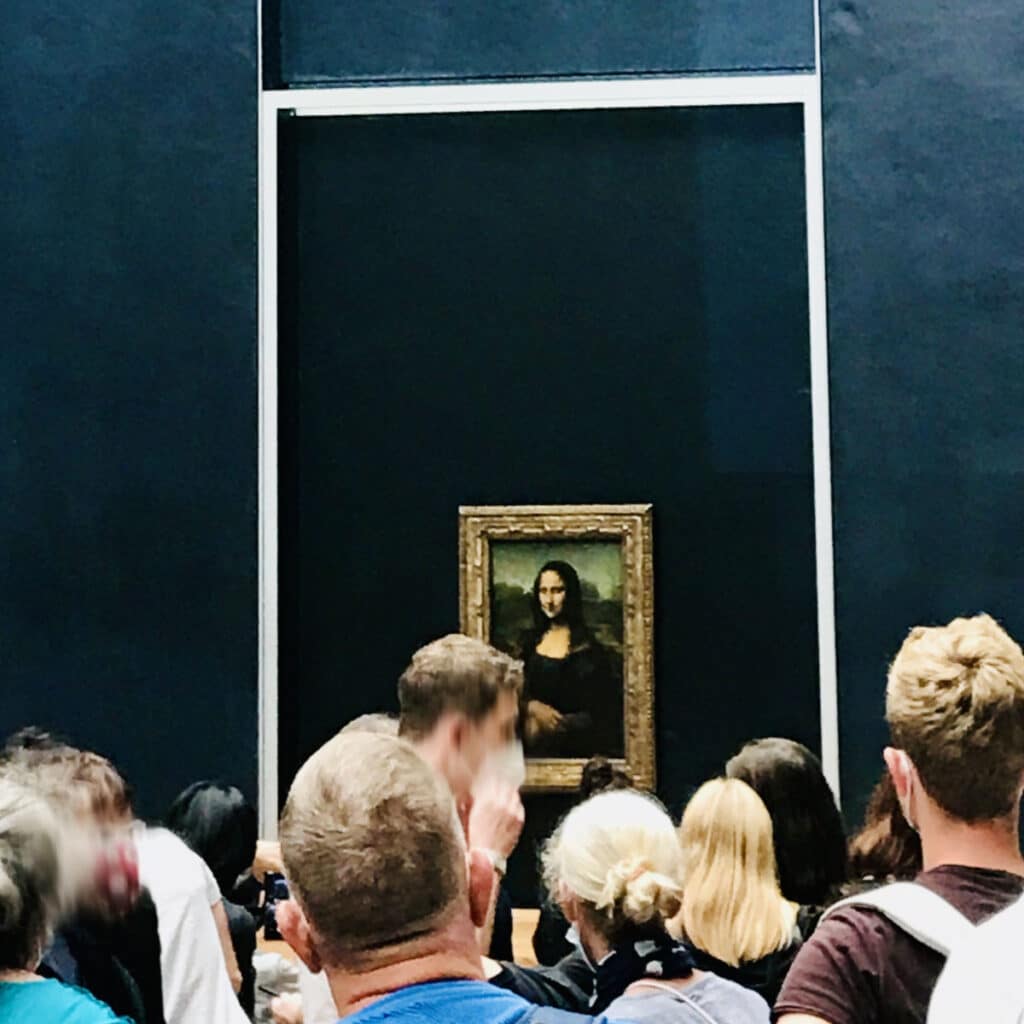
Along with art and scientific works, he is also believed to have designed the famous Château de Chambord and its double helix staircase. Da Vinci died at his home Clos Lucé and is buried in Amboise in the Loire Valley.
V. Food and Dining
1. French cuisine is recognized by UNESCO as part of the world’s cultural heritage.
French cuisine was inscribed by UNESCO in 2010 as an “Intangible Cultural Heritage of Humanity”.
The gastronomic meal emphasizes togetherness, the pleasure of taste, and the balance between human beings and the products of nature.
Important elements include the careful selection of dishes from a constantly growing repertoire of recipes; the purchase of good, preferably local products whose flavours go well together; the pairing of food with wine; the setting of a beautiful table; and specific actions during consumption, such as smelling and tasting items at the table.
UNESCO
With a savoir faire of cooking techniques and tried and true recipes, French cuisine definitely has its fans!
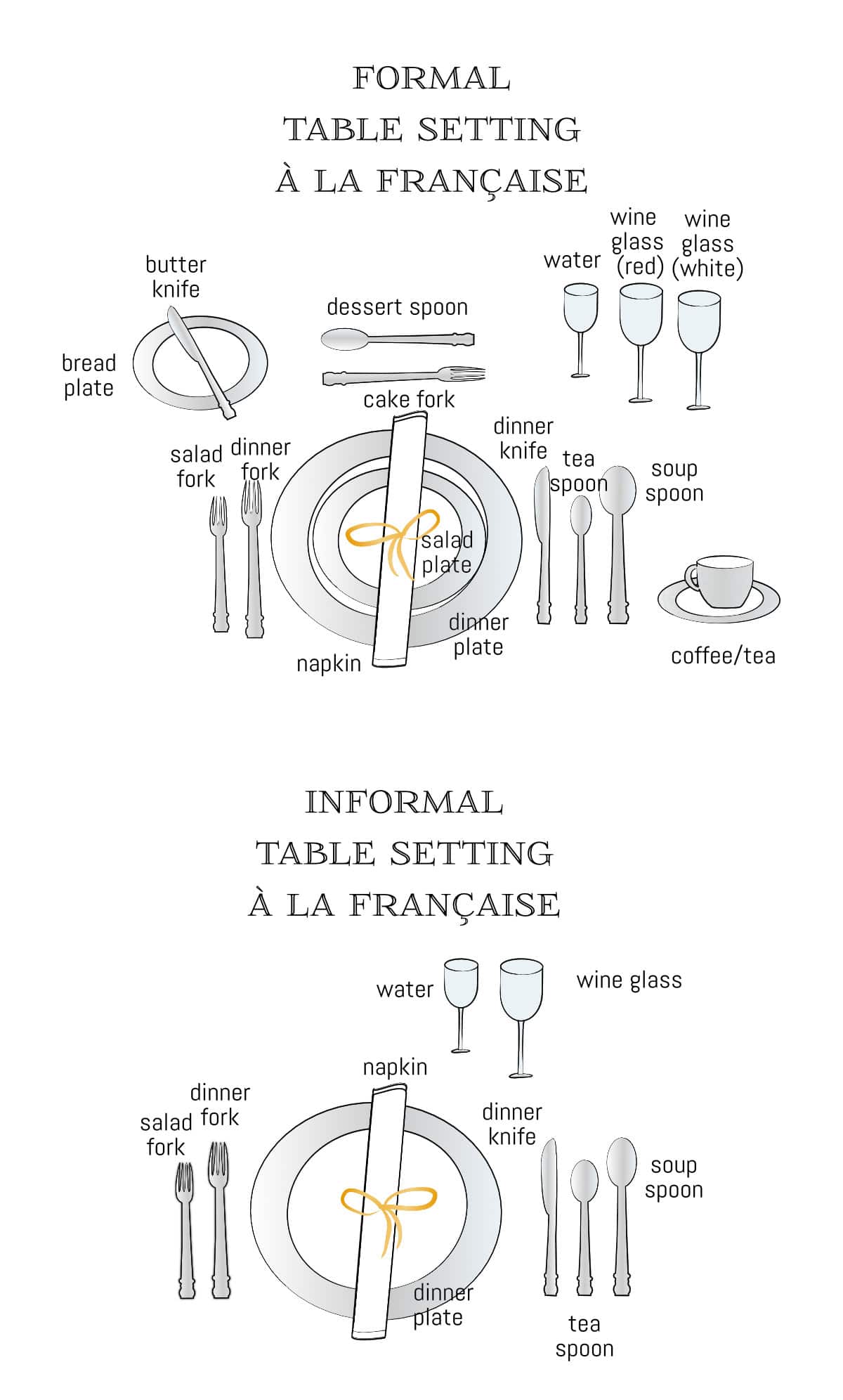
2. A typical French meal can last hours.
In general, French meals are very long. Depending on the occasion, there can be multiple starters, mains, cheese and dessert courses all in one meal.
There is a specific arrangement to follow, with plates and glasses being swapped out depending on the dish that came before.
3. French dining etiquette is considered an art form.
The Art of the Table is highly important in French culture, especially amongst the bourgeoisie, along with table manners.
Forks and knifes must be used in most cases (even burgers), rather than eating by hand, and there are etiquette rules to everything from drinking wine to cutting cheese.
4. Organic and home-grown food is important in French cooking.
The emphasis on good food, starts as early as preschool, with schools serving organic meals and banning items like ketchup. There is also a strong emphasis on eating good foods to remain slim and healthy.
The French have a concept called “terroir” which means “from the earth”, and there is a strong push towards eating locally produced meals. You can read more French food facts here.
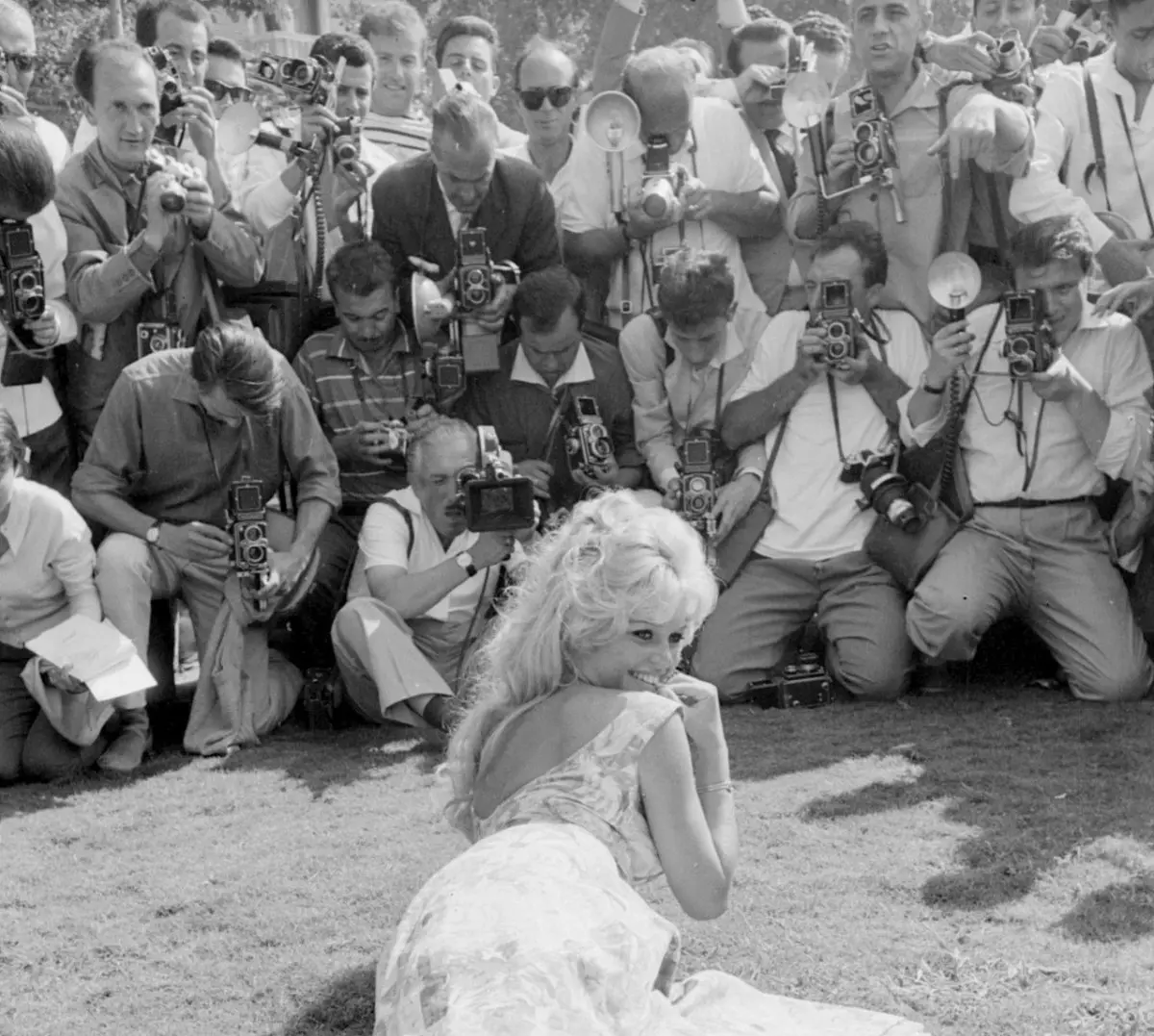
VI. Film and Cinema
1. The French invented modern cinema.
Pioneers in the world of cinema, Auguste and Louis Lumière invented the cinématographe (an early motion-picture camera).
Their film L’Arrivée d’un train en gare de La Ciotat filmed and broadcast in the seaside town of La Ciotat in 1895 is considered by many historians as the official birth of cinematography.
2. French has a large local film industry.
Since then there has been a strong tradition of films and movies in France. France is the most successful film industry in Europe with around 300 films produced per year.
3. Several French actors have become international stars.
With international stars like director Luc Besson, actor Jean Dujardin, and actresses Marion Cotillard and Juliette Binoche, there are many successful French artists who have crossed into Hollywood.
But it was the incontournables like Brigitte Bardot, Gérard Depardieu, and Catherine Deneuve who broke through and paved the way for new French actors of today, like Vincent Cassel, Eva Green and many more.
☞ READ MORE: The French Celebrities you need to know
VII. Music
1. The earliest sound recording device was French.
As the saying goes, “music makes the world go round” and in France, it is no different. The earliest known sound recording device in the world, the phonautograph, was patented in France by Édouard-Léon Scott de Martinville in 1857.
2. It also has a large local music industry that is exported around the world.
France is the 5th largest market by value in the world. From Edith Piaf to Serge Gainsbourg, famous French singers and musicians have become renowned around the world.
You can find a list of the top French male and female singers here, as well as the top French songs that changed pop culture.

VIII. Fashion
1. Paris is the fashion capital of the world.
With top French fashion houses like Chanel, Louis Vuitton and Yves St. Laurent, Paris has become the fashion capital of the world.
There are over 300 fashion shows held in France annually, with over €150 billion in direct turnover.
2. Fashion terms are often in French.
The term “haute couture“, meaning “high fashion” in French and refers to these stylish and expensive fashion houses. Another fashion term “prêt-a-porter” means “ready to wear”.
3. The first fashion vogue magazine was French.
The first fashion magazine ever published, was created in France in 1678, called “Le Mercure Galant”.
4. France invented jeans.
France is also the country that invented the jean, or rather denim from “de Nimes” in the south of France at the end of the 19th century.
5. The French invented the bikini.
Another big item that was invented in France was the bikini, which was created in May 1946 by Parisian fashion designer Jacques Heim.
6. Parisians women were banned from wearing pants.
Interestingly, while bikinis may have been all the rage, it was not until 2013 that a law banning Parisian women from wearing pants was finally overturned. The law that was imposed in 1800, was never enforced, thankfully!
7. Parisians are renowned for their style.
These days, French style, especially Parisienne style, tends to be quite pared down and minimalist. French people prefer understated outfits, with 1 or 2 items that pop. Particular emphasis on cut and fit is most appreciated.
The French “je ne sais quoi” is still going strong however, with even still French women still attempting to explain that elusive concept.

IX. Shopping
1. French sales periods are only twice a year.
In terms of shopping, part of the French culture involves gearing up for a twice a year event known as “Les Soldes”. Sales are not allowed at any random time of the year but in particular designated weeks: the Winter and summer sales period.
2. The French are terrible at customer service.
We should note that France is not reputed for its customer service. Apart from being reputed to be rude, the general attitude is “The Customer is not king”.
You will find that french stores will not bend over backward to assist. Under French law however, most goods have a 7-14 day return policy.
3. Malls are not popular in France.
Malls which were not popular in France in the past, are now starting to catch on. The largest malls in France today are La Defense 4temps-Cnit mall in the outskirts of Paris, and Part-Dieu mall in Lyon.
However, much opposition remains at the local level to these big box stores, with a lot of towns preferring to keep the small-town charm of tiny boutiques on cobblestone streets.
X. Greeting People
1. It is important to say “Bonjour” in France.
Saying “Bonjour”, meaning hello, is one of those taboos that you should not get wrong. It is a very important part of greeting people in France. A firm handshake is appropriate in professional settings.
2. Along with Bonjour, there are rules to cheek kissing.
French people will greet family and friends with kissing on the cheek as a greeting. Cheek kisses can be made between people of any gender, depending on how close they are.
Each region has a “standard” for how many kisses to perform, which is anywhere from 1 to 4. (It does not matter which cheek is first, although most people have a habit of the left cheek first.)
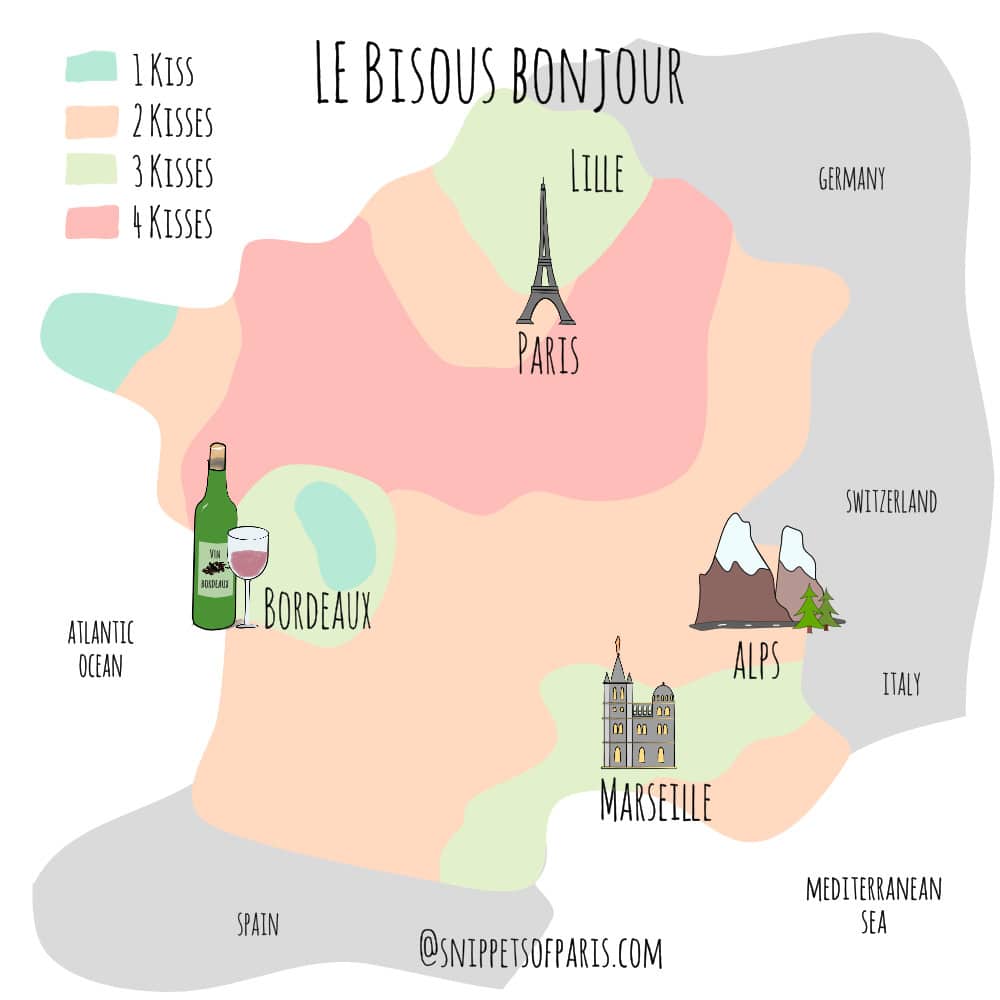
3. French people like to give flowers.
Along with greetings, the florist industry is quite significant in France, with French people regularly buying flowers for family and friends. It is estimated over 22 million bouquets are sold every year, in a country of 66 million.

XI. Inventors
1. The French invented the Metric System.
Gabriel Mouton, a church vicar in Lyons, France, founded the metric system in 1670.
French scientists at the Academy of Sciences of Paris refined it in the 1790s, and since the metric system has traversed the world. The idea was that a unit of time should be the second; the unit of length should be either the metre or a decimal multiple of it; and the unit of mass should be the gram or a decimal multiple of it.
At the same time, French scientists and philosophers attempted the same technique with time, creating the French revolutionary calendar. This second idea was much less successful.
2. From Braille to the hairdryer, many inventions have been attributed to the French.
There have been several revolutionary items invented in France, among them:
| French Invention | Inventor |
|---|---|
| Stethoscope | Physician René Laennec |
| Pencil sharpener | Mathematician Bernard Lassimonne |
| Pasteurization | Biologist Louis Pasteur |
| Canned food | Nicholas Appert |
| Underwater oxygen tank | Jacques-Yves Cousteau |
| Montgolfier | Joseph-Michel and Jacques-Etienne Montgolfier |
| Braille language | Louis Braille |
| Hairdryer | Alexandre Godefroy |
The French government gives many grants for research and development, so this is an area that the country excels in. You can read about more French inventors and their inventions here.

XII. Religion
1. French Catholics and Protestants fought each other for centuries.
Many wars had been fought in France over the centuries between the Catholics and the protestant Huguenots.
The fighting ended when King Henri IV (a protestant with a Catholic wife) agreed to convert to Catholicism, saying that “Paris vaut bien une messe“, meaning “Paris is worth a mass (to stop the fighting)”.
He signed the Edict of Nantes, giving Protestants the freedom of conscience to pray as they wished.
2. Today, France is officially secular, with an emphasis on laicité.
Today, France is officially a secular république, with much emphasis being placed on laicité.
Laicité is the neutrality of the State and imposes the equality of all before the law without distinction of religion or belief.
French Government
The concept of laicity arose after the French Revolution, after the church was assumed to be an instrument of the royalty and nobility.
However there are several religious holidays that are still officially public holidays:
- Ascension in spring (May)
- Assumption in summer (August)
- All Saints in autumn (November)
- Christmas in December.
3. It is illegal in France to collect statistics on race and religion.
The French revolution brought with it the end of ecclesiastical privileges and the affirmation of universal principles, including freedom of conscience and equal rights expressed by the “Declaration de Droits des Hommes” (The Declaration of the Rights of Man). To enforce this principle, it is illegal in France to count statistics based on race or religion.
4. Legend says Mary Magdalene is buried in France.
While France may be officially secular, legend has it that Mary Magdalene is buried in France, in a small town called Saint Maxime la Sainte Baume in Provence.
It is believed she came to France after Jesus died, where she spent several years in Saint Maxime la Sainte Baume, before being buried in an area that now has a church built on it to commemorate her. The town is named after Saint Maximinus, one of the most well-known saints in France.
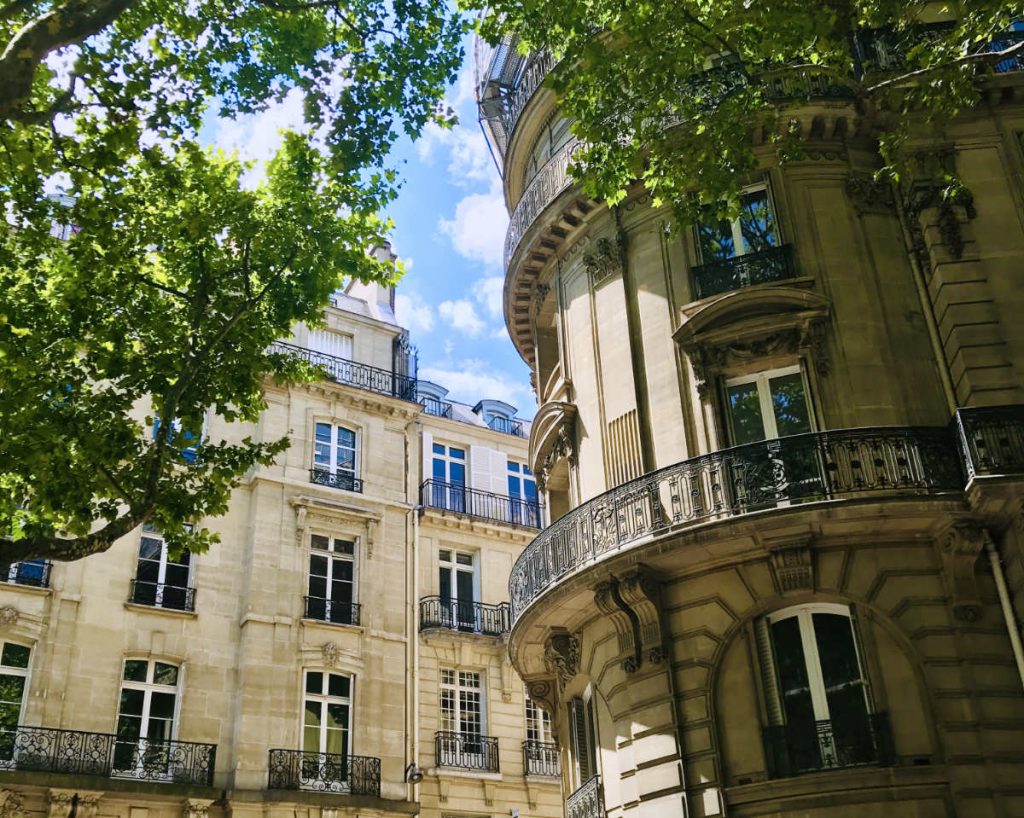
XIII. Architecture
1. Medieval buildings were destroyed to make way for Paris’s new 19th century architecture.
Tourists may revel in the beauty of French architecture, but French people have usually resisted any type of change to their cities and towns.
The Haussmannian buildings in Paris that were designed by Baron Haussmann in the 19th century, were initially detested. Many original dwellings were deemed too close together and were destroyed, to make way for these new buildings.
New elegant avenues like the Champs Elysées were built, along with these now world-famous and exquisitely decorated buildings.
2. French people also detested the Eiffel Tower and many other buildings.
Other buildings like the Eiffel Tower, Centre Pompidou and the glass pyramid of the Louvre were also detested when they were constructed. Parisians slowly got used to them however, and these days their beauty is much appreciated.
XIV. School
1. The French consider debate and philosophy to be a very important part of their culture.
French schools emphasize debating skills and philosophy from an early age. In order to obtain their BAC diploma (the French version of the American SAT), students must answer a philosophy exam.
2. Poetry and writing in cursive is considered one of the French fine arts.
Other interesting differences are the emphasis on learning poetry in French schools and writing in cursive.
This love of poetry extends into adulthood and classic poetry is considered a vital part of the literature. From love poems to sad sonnets, a wide variety of topics are discussed and reflected upon. You can read more about the French education system here.
XV. Privacy
1. The French tend to be very private.
French people in general consider privacy very important. In the workplace as well as in polite company, there are certain topics like money and one’s personal life that are reserved for family and friends.
Conversational taboos include all sorts of subjects that are simply not discussed, like money, love life, etc.
2. French people don’t love social media.
In addition, social media is not as widely used to share personal information as in other countries. Hootsuite and the Digital Marketing Institute reported that on average, French people spend 40% less time on Facebook than in the U.S. And when they do, the Pew Research Center notes that it is usually for a news source, not socializing.
3. Oversharing your own children’s photos can lead to a lawsuit in France.
The privacy of children is especially important, with French law stating that if you as a parent post a picture of your child, and your child later opposes it, they can sue you. “A photo posted of a person, without their consent, has a penalty of up to 1-year imprisonment and a €45000 fine.”
XVI. Paris vs. the Rest of France
1. French people generally dislike Parisians.
Every French person will tell you that Paris is not like the rest of France. French people prefer to think of Parisians with their nose up in the air, rich and chic, and impossible to get along with. French protests such as the Gilets Jaunes are usually about poor country-siders protesting against the government as well as wealthy Parisians.
In addition, the Parisienne stereotype of being thin, wearing dark clothes, and impossibly stylish is just a stereotype. But it is debunked even faster once you are out in French countryside.
2. Marseille and Paris have a centuries old rivalry.
And if you are from Marseille in the South of France, you likely have a thought or two about Parisians. The traditional rival to the French capital, French Kings based in Paris have always mistrusted the Marseillais, and vice versa.
In 1660, French King Louis XIV built the Fort Saint-Jean in Marseille, but famously had his cannons pointed AT the city, instead of to defend it. Today, the rivalry still remains, in sports but also between politicians. You can read more about the Marseille – Paris rivalry here.
XVII. Romance and Nudity
1. French people don’t consider waiting till marriage.
Love-making is not considered a taboo as in some cultures, and jokes and ribald references abound in film, books, and music. It is not necessary to wait until marriage for consummate the relationship.
In some instances, couples getting married in France will even be asked for proof by their local townhall, that they live together to prove that it is not a “fake marriage”.
2. Nudity is not frowned upon, but is on the decline anyway.
Nudity however is on the decline, with the 1960s French trend of going topless on the beach not being as widespread these days.
People have started to understand the effects of sun damage and cultural norms make it less important to “not have tan lines”. You can read more about love and romance in France here.

And with that, are there any other French cultural habits that you have noticed? If you enjoyed that article, you may like to read more interesting facts about France. A bientôt!
